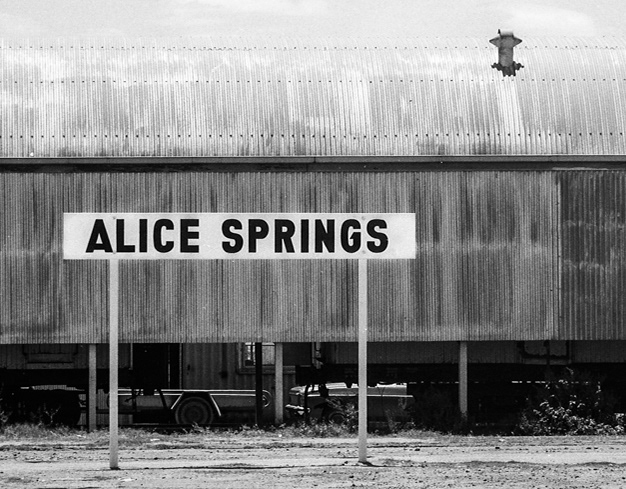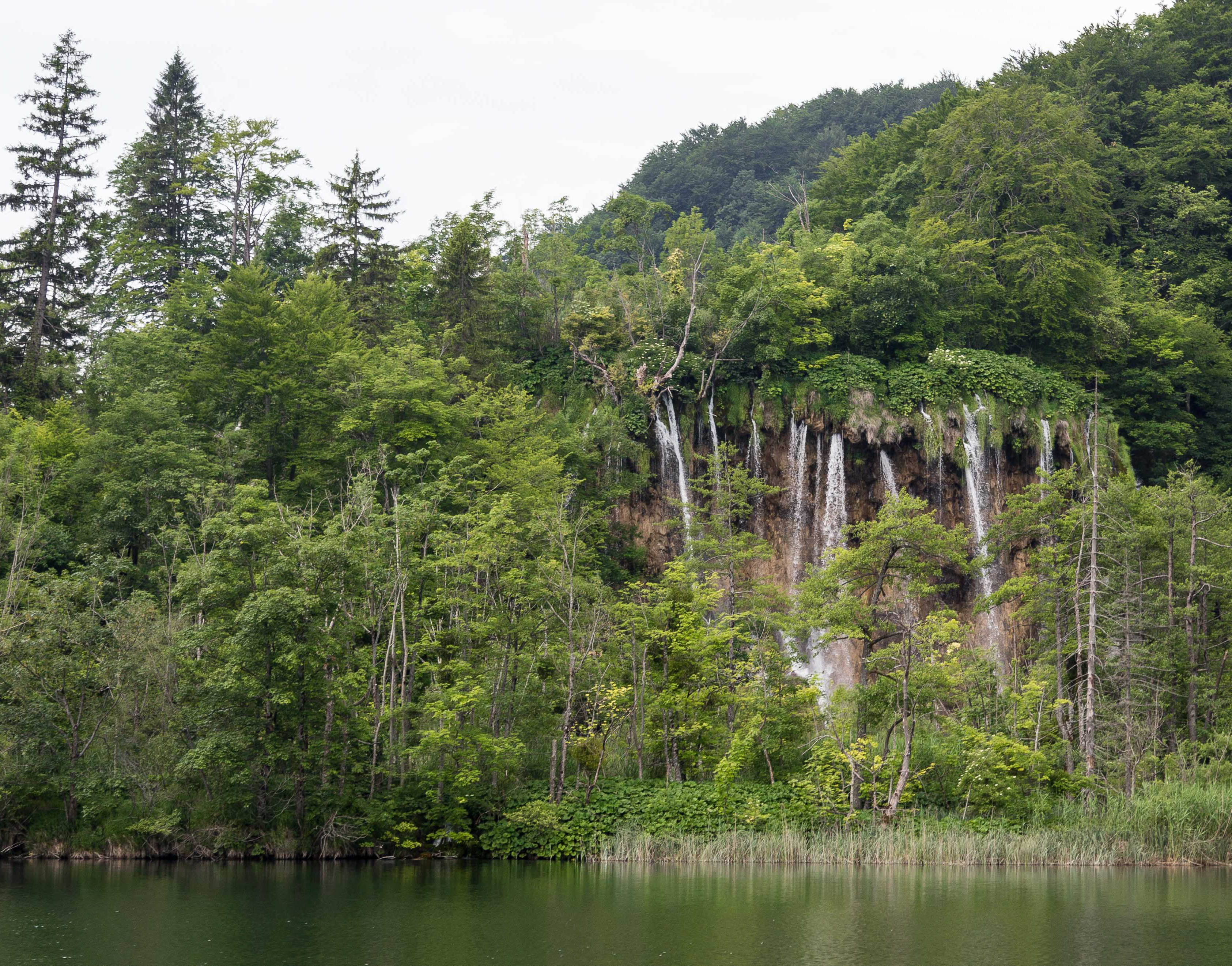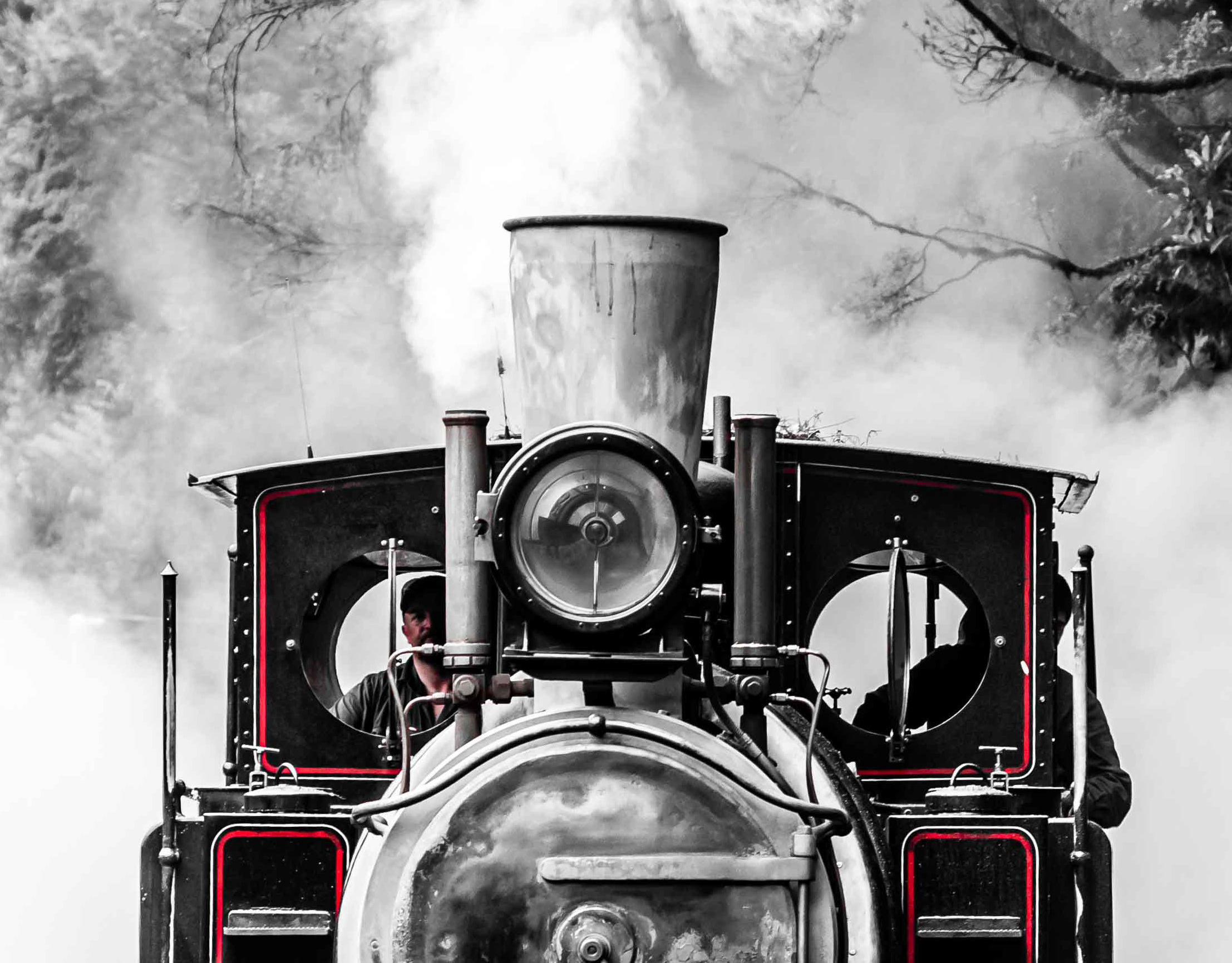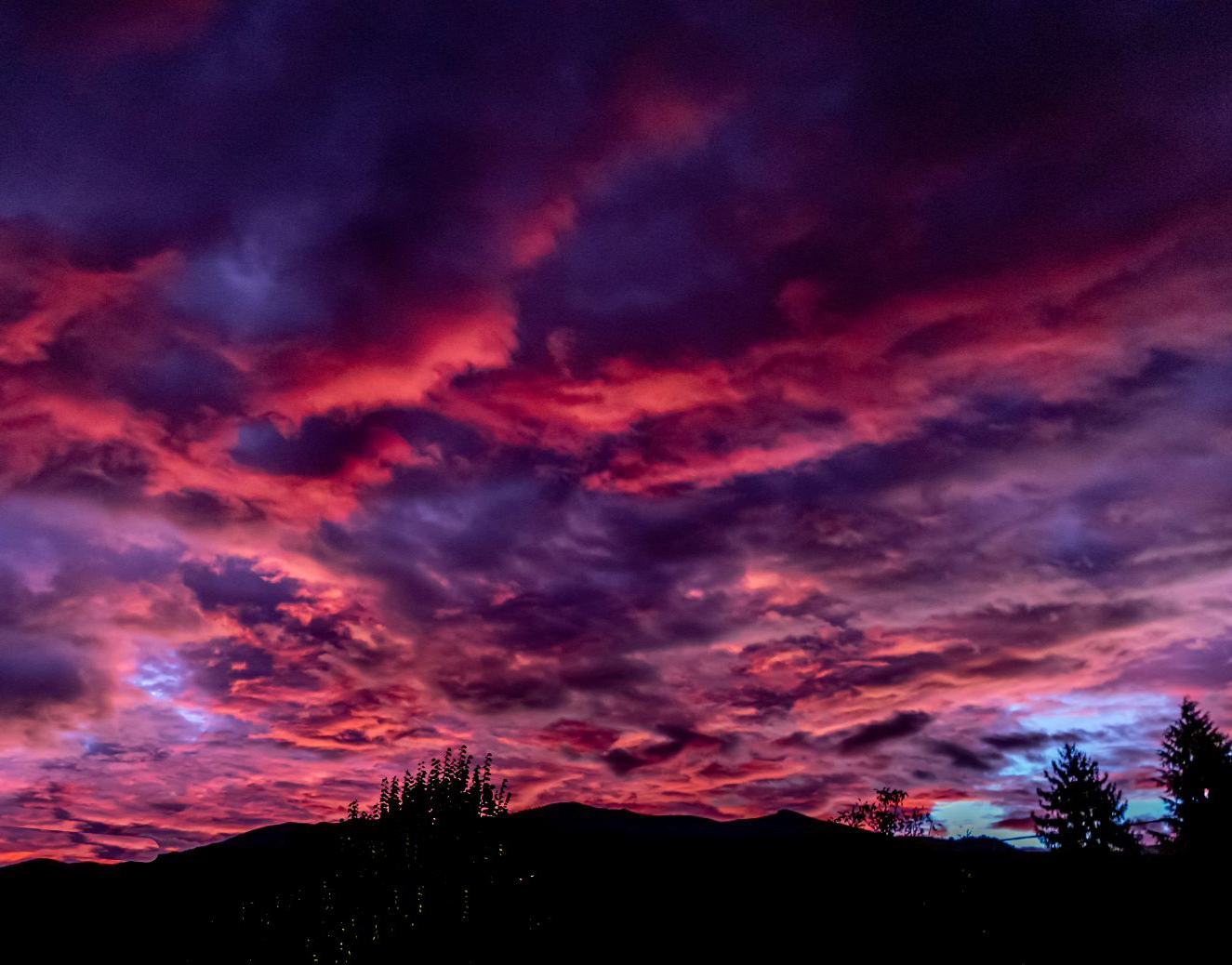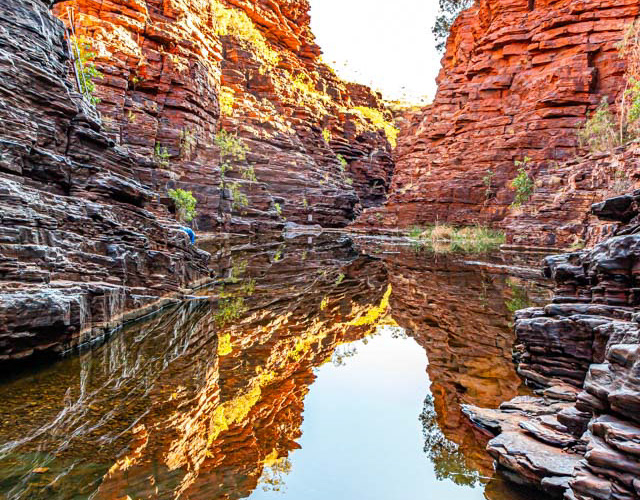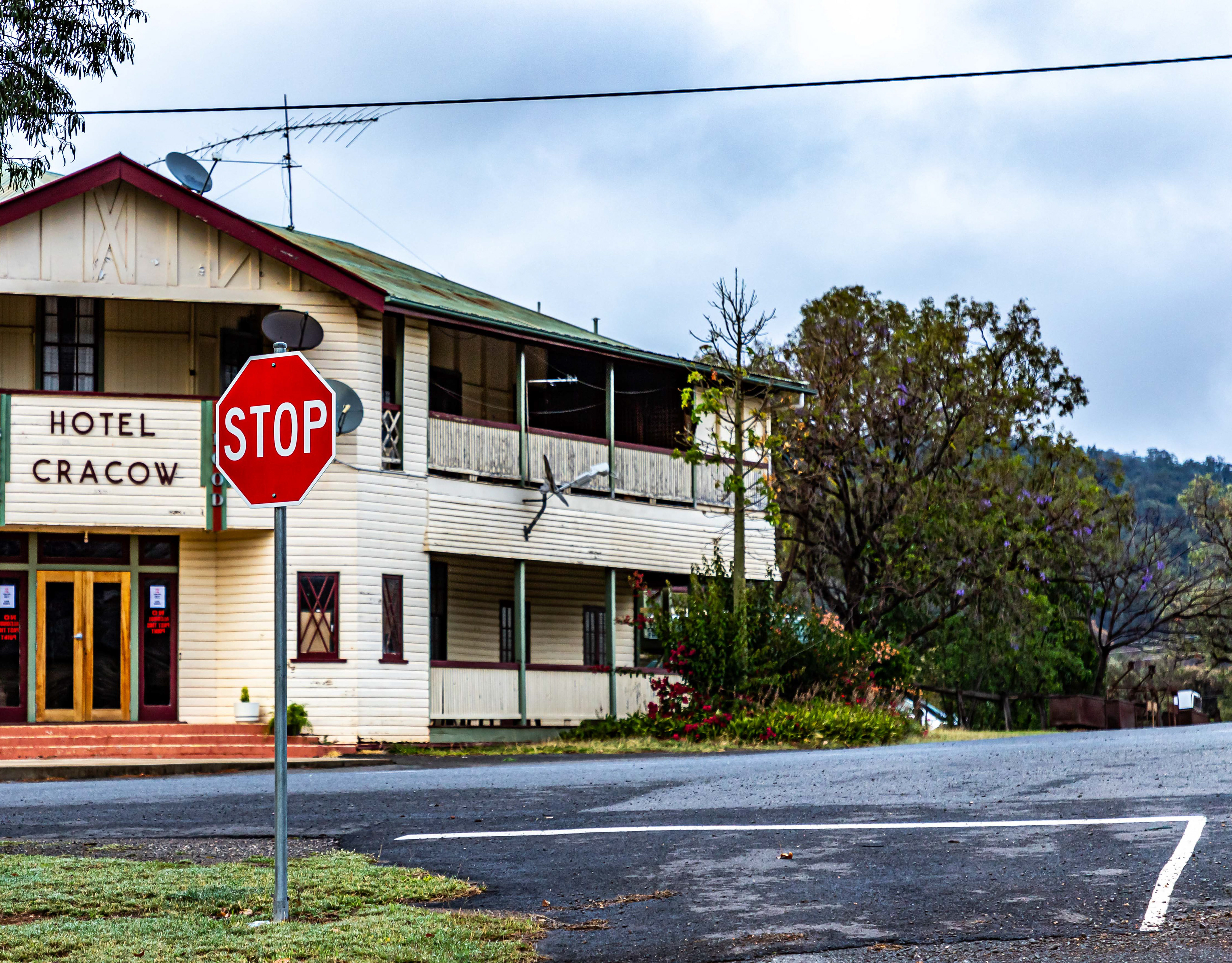Canola in all its splendour, Warracknabeal, northern Wimmera, Victoria
Toilet break in Minyip, some great art deco architecture (and the cleanest toilets in the Wimmera)
Silo art has become an important tourist draw card for the Wimmera and Mallee regions which could otherwise be described as being flat and boring albeit important broad-acre agricultural production areas. Artists have been invited by the communities to paint the grain silos in 7 small towns spread in a line across 200 km of the plain. Brim silos (artist: Guido van Helten)
Brim silos (artist: Guido van Helten)
Brim silos (artist: Guido van Helten)
Rosebery silos (artist: Kaff-eine)
Rosebery silos (artist: Kaff-eine)
Lascelles silos (artist: Rone)
Lascelles silos (artist: Rone)
Lascelles silos (artist: Rone)
Lascelles silos (artist: Rone)
Patchewollock silos (artist: Fintan Magee)
Patchewollock silos (artist: Fintan Magee)
Industrial art Patchewollock silos
Shallow draft paddle steamers were the life line of the outback pastoral industry and small towns lining the Murray, Darling and Murrambidgee Rivers in the 19th and early 20th century. They transported equipment and people to the inland sheep stations and back-loaded wool to market. Of the 250-300 paddle steamers built, the PS Melbourne is one of the only original boats still driven by her original steam engine. Melbourne now runs daily tours along the Murray River from Mildura.
Much loved to this day.... The old steam engine was originally built by the Marshall engineering Company in England. It burns 1 tonne of timber for every 8 hours of steaming.
Industrial architecture in brass
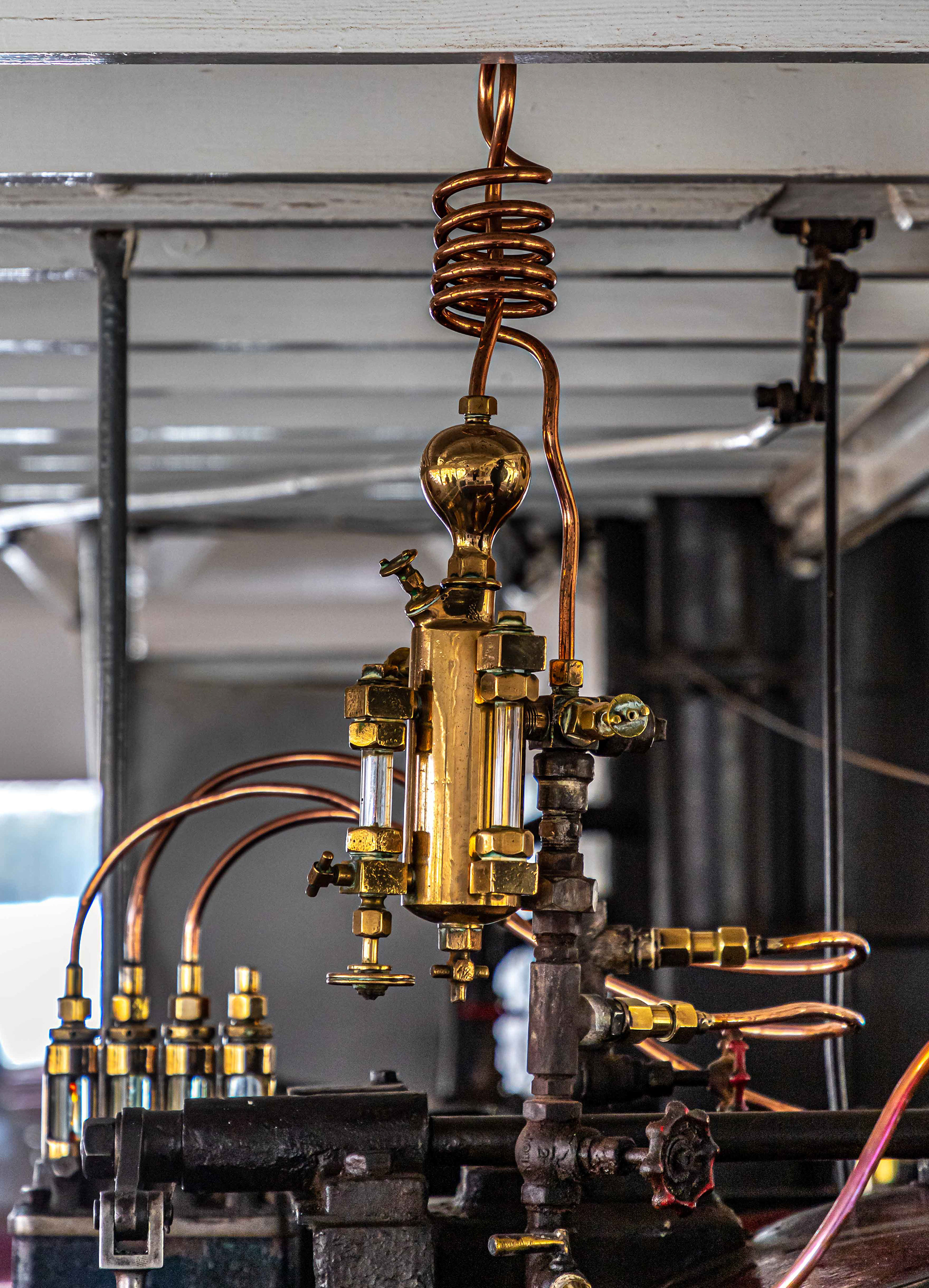
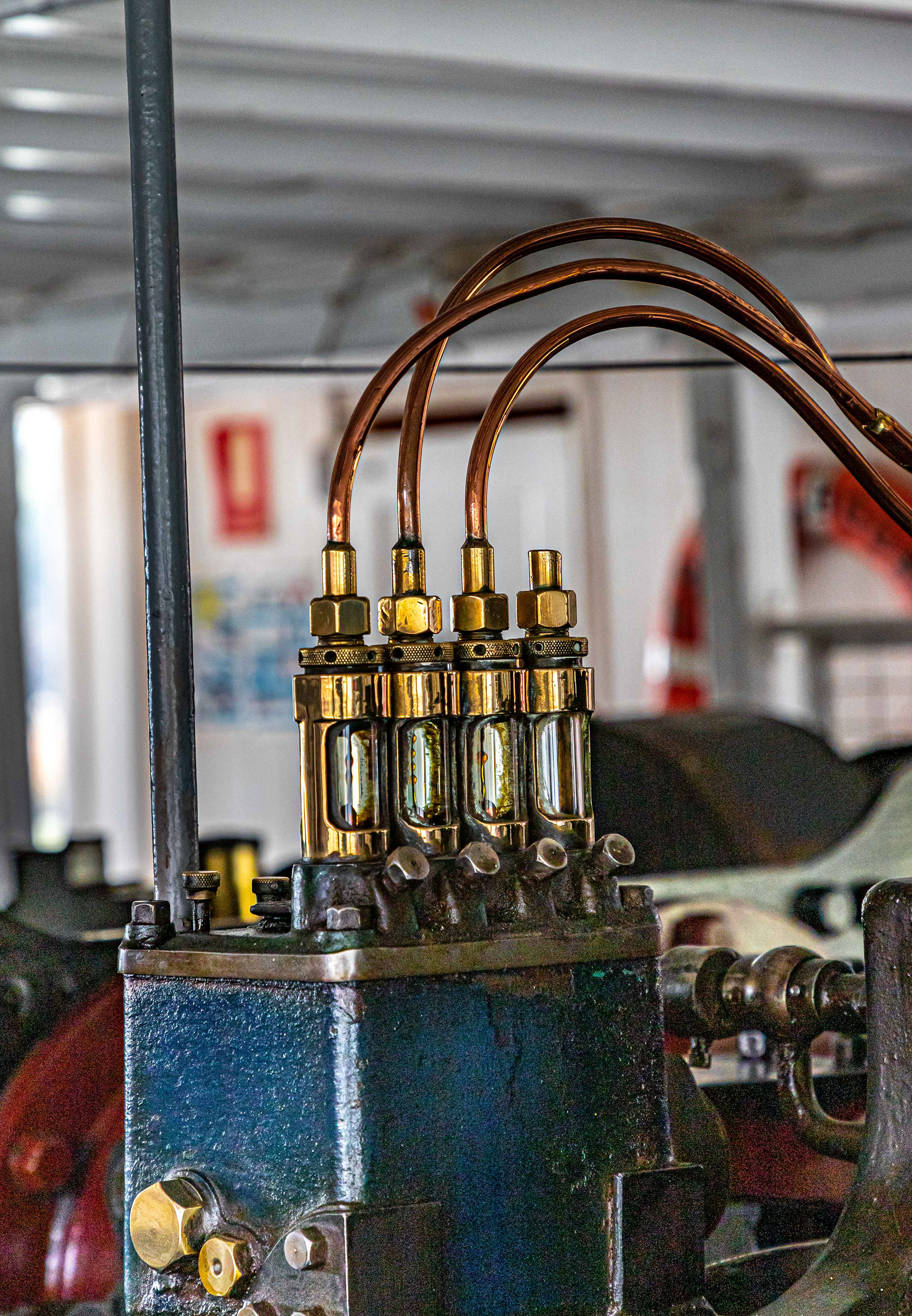
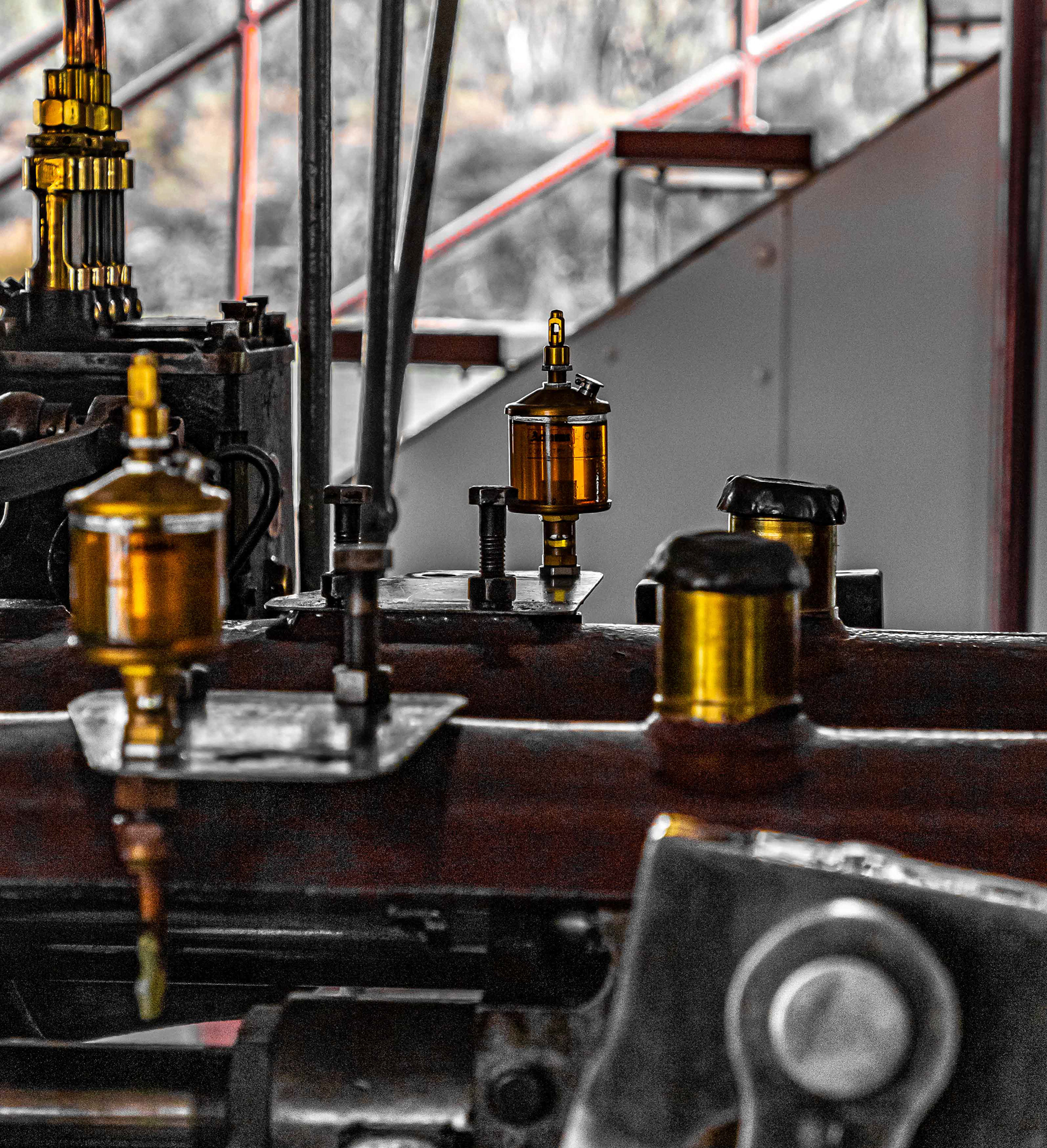

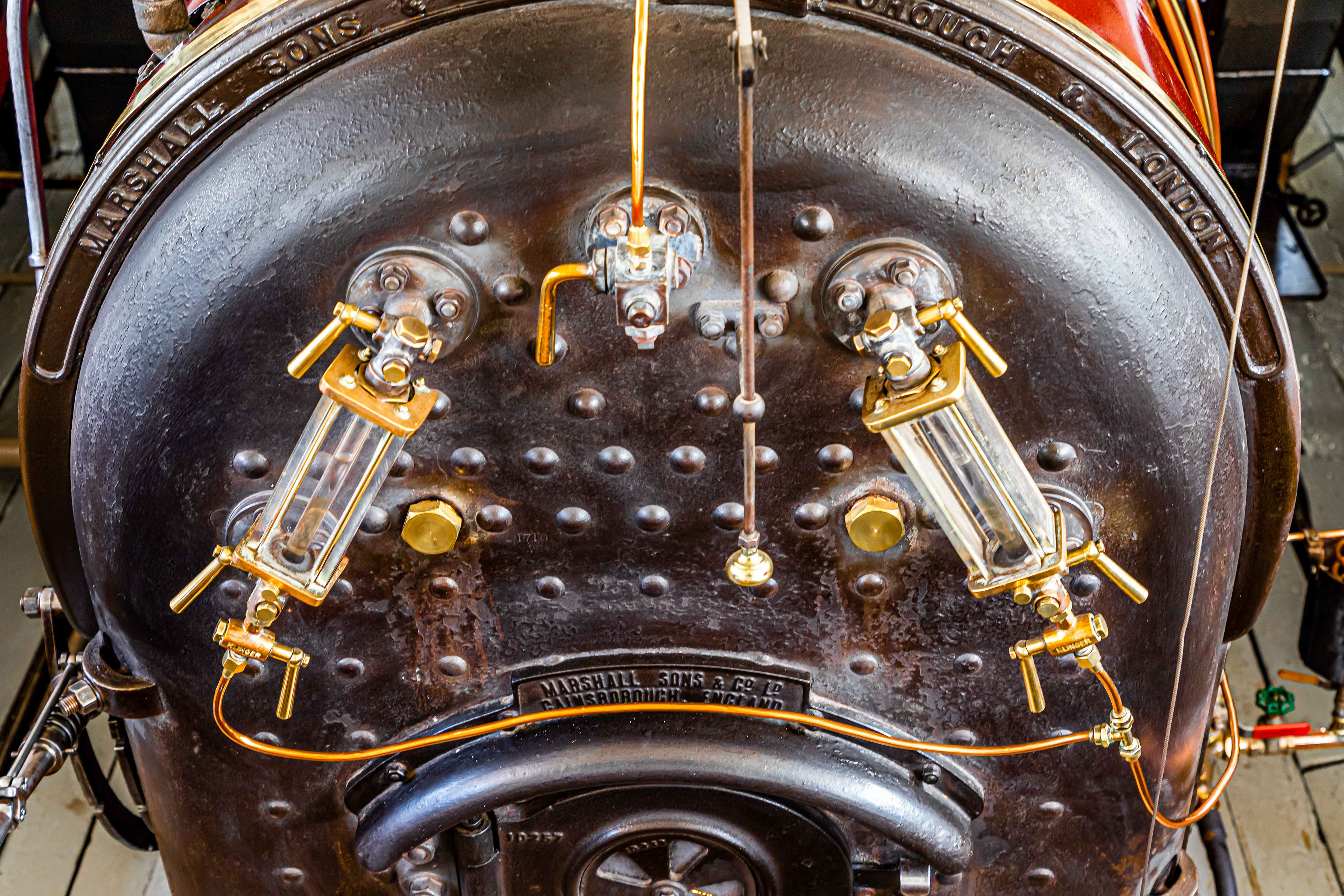
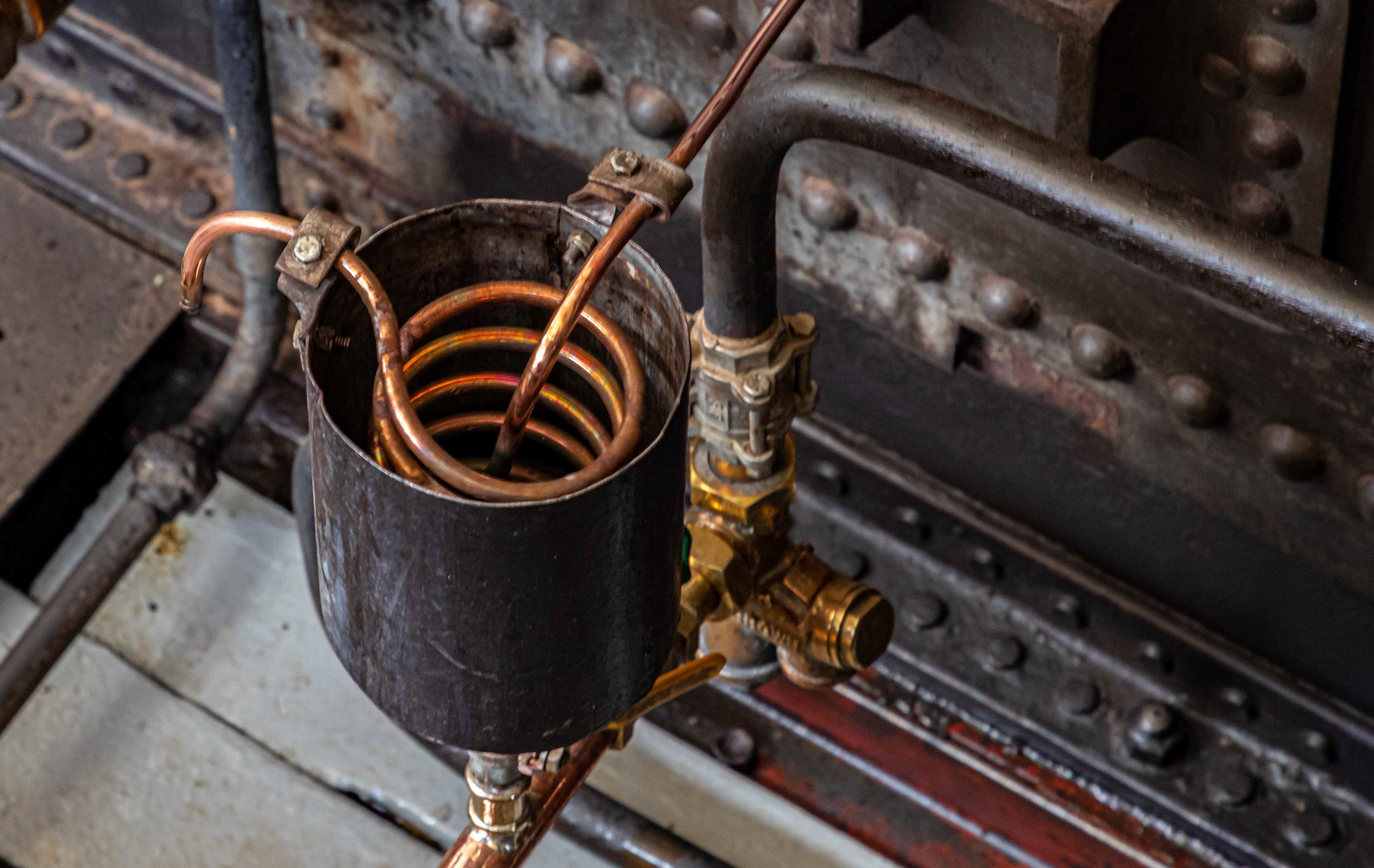
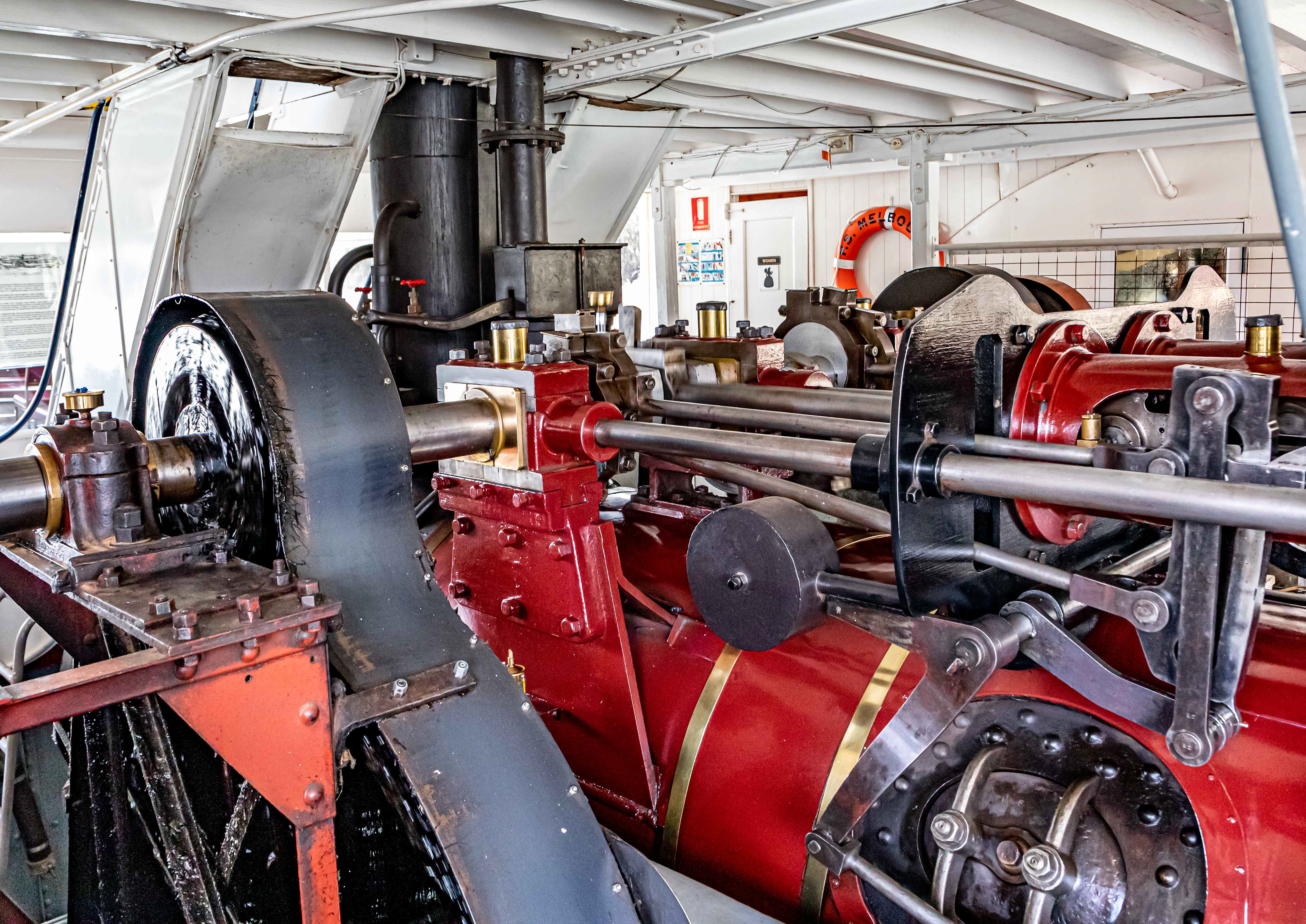

The driving side paddles
Murray River lock at Mildura. A series of locks along the river allows navigation for long distances upstream.
Murray River barrage at Mildura
Paddle steamers, Mildura
Little Black Cormorants in a row, Mildura
Pied Cormorant, Mildura
Pelicans, Mildura
The junction of the Darling (left) and the Murray Rivers at Wentworth, New South Wales
